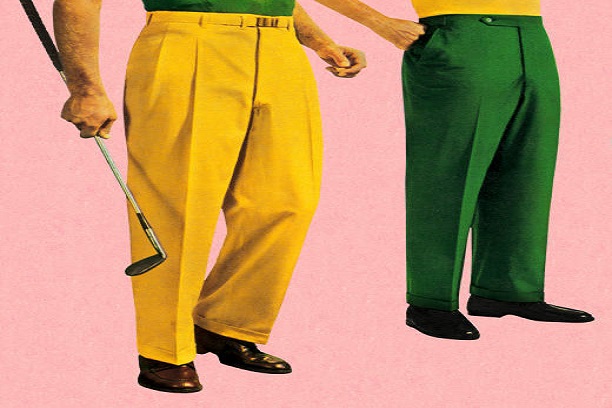
If you’re in the embroidery business or a creative designer looking to expand into custom apparel, chances are you’ve needed to Convert Logo to PXF File at some point. The PXF format is widely used for embroidery machines, especially for professional-grade stitching on caps, jackets, shirts, and promotional items. But simply having a digital logo isn’t enough. You need a precise, machine-ready file that ensures every stitch lands exactly where it should. High-quality conversion makes your designs clean, sharp, and production-ready, saving time, thread, and frustration.
In this guide, we’ll cover everything you need to know about logo-to-PXF conversion: why it matters, how the process works, common mistakes to avoid, and how to get fast, reliable results for your business or brand.
Logo-to-PXF conversion is the process of taking any standard digital logo whether it’s a PNG, JPG, AI, SVG, or PDF and turning it into a PXF embroidery file. This file format is machine-readable, meaning it tells your embroidery machine exactly:
Without proper conversion, a machine may produce uneven stitches, loose thread, or even skipped sections, resulting in wasted material and time.
PXF files are especially valuable for:
Having your logo in the correct PXF format means your embroidery machine can reproduce the design perfectly every time, no matter the fabric type.
Professional conversion is not just uploading a file and pressing “convert.” It’s a technical process with several crucial steps.
The digitizer reviews your logo to understand:
Some logos may require simplification or adjustment for optimal stitch quality.
Different areas of your logo need different stitch types:
Correct stitch selection ensures a smooth, professional look.
Underlay acts as the foundation for the embroidery. It stabilizes the design, prevents puckering, and ensures the final output is durable. Common types include:
A well-planned underlay is especially important for tricky fabrics like caps, fleece, or stretchy material.
Fabric naturally shifts during stitching. Pull compensation ensures the logo maintains its shape, keeping circles round, letters aligned, and edges crisp.
Once digitizing is complete, the design is exported as a PXF file (or multiple formats if needed). Many digitizers perform a test stitch to catch issues before final delivery, ensuring your machine runs the design flawlessly.
Trying to convert logos yourself without professional digitizing experience can lead to:
These errors waste time, thread, and fabric, and can frustrate your production workflow.
Investing in professional conversion offers multiple advantages:
Professional logo digitizing services offer fast, reliable, and affordable solutions. Experienced digitizers handle your logo with precision, ensuring that every stitch, every curve, and every color looks perfect on the final embroidery.
High-quality embroidery starts with a well-digitized file. If you want your logos to look crisp, professional, and consistent across all garments and materials, a proper Convert Logo to PXF File service is essential. It saves time, prevents errors, and ensures durable, eye-catching designs. Whether you’re a small business, a professional embroidery shop, or a hobbyist looking to create clean designs, partnering with experts guarantees smooth, high-quality results every time. For fast, reliable, and affordable logo-to-PXF conversion, Digitizing Buddy is your go-to solution for professional embroidery files.

This post has been authored and published by one of our premium contributors, who are experts in their fields. They bring high-quality, well-researched content that adds significant value to our platform.

